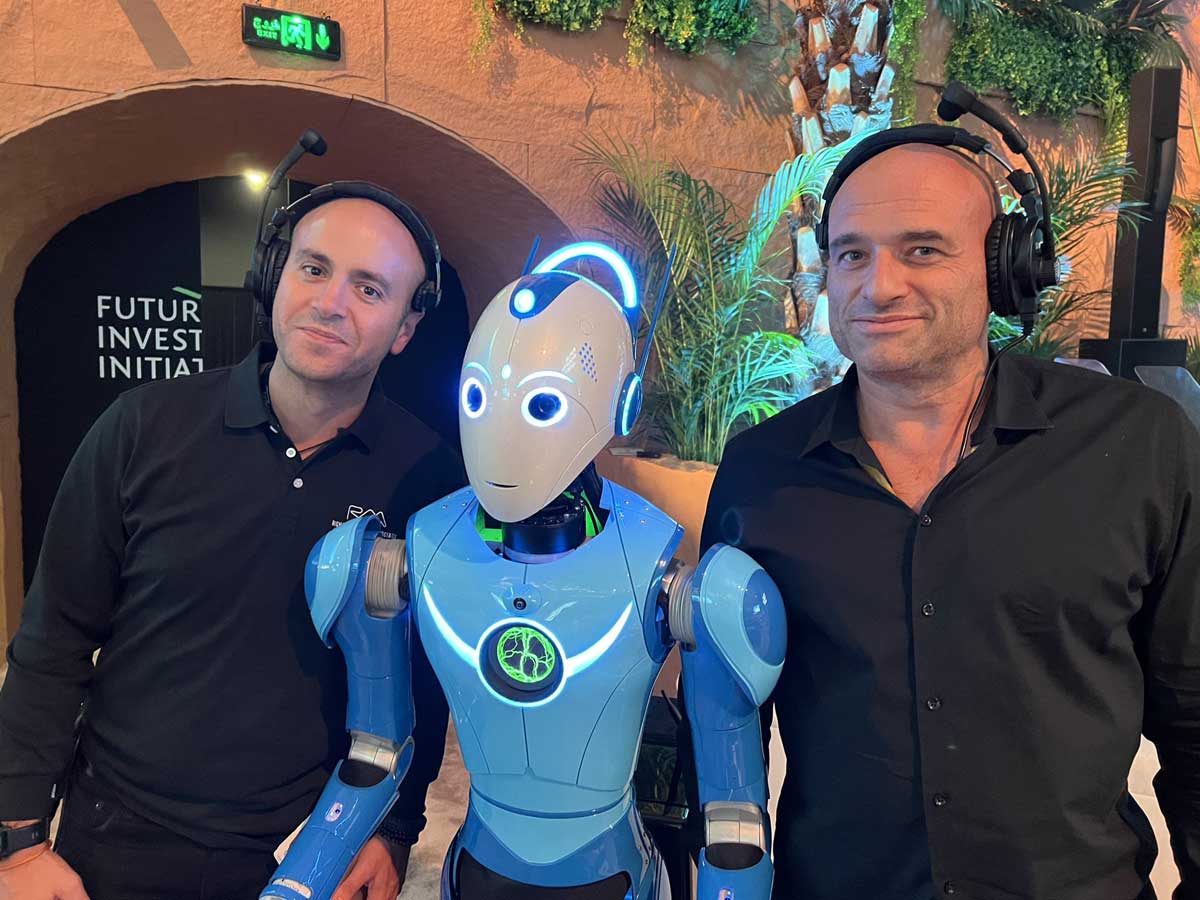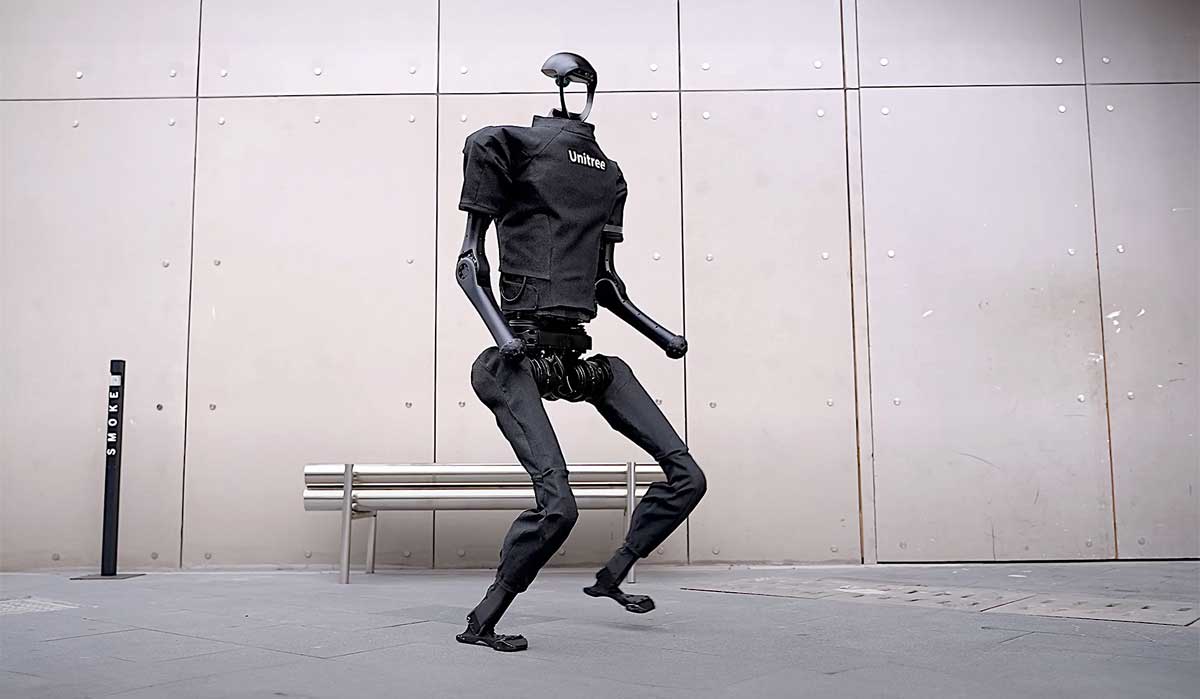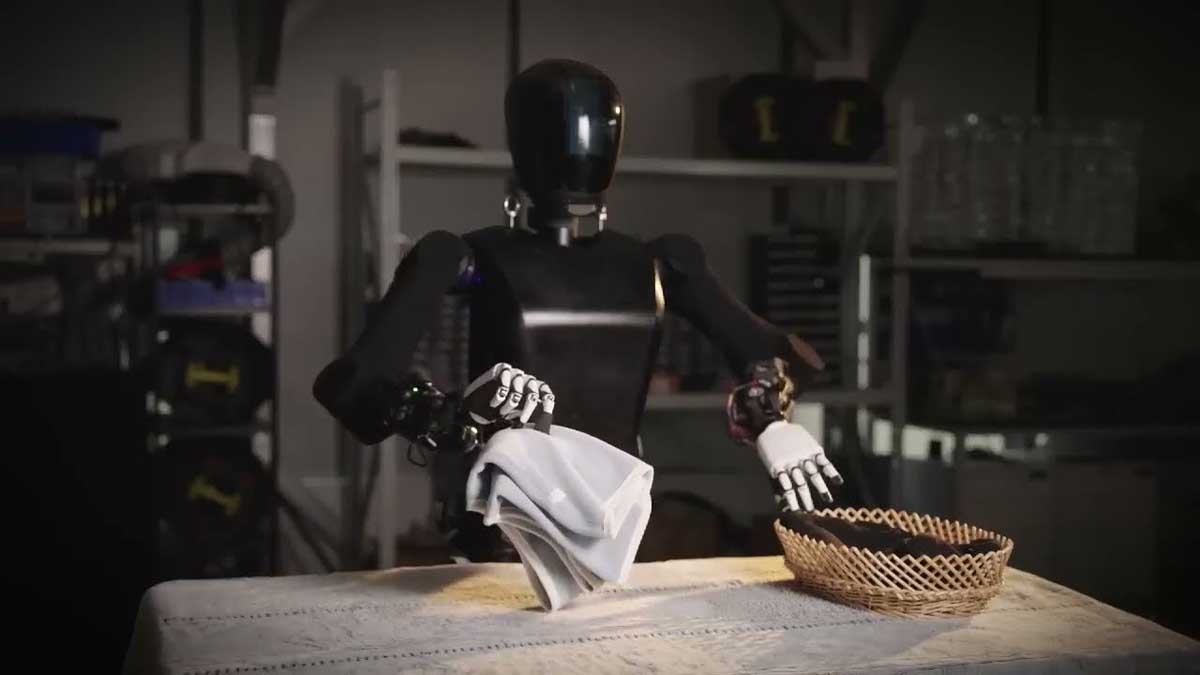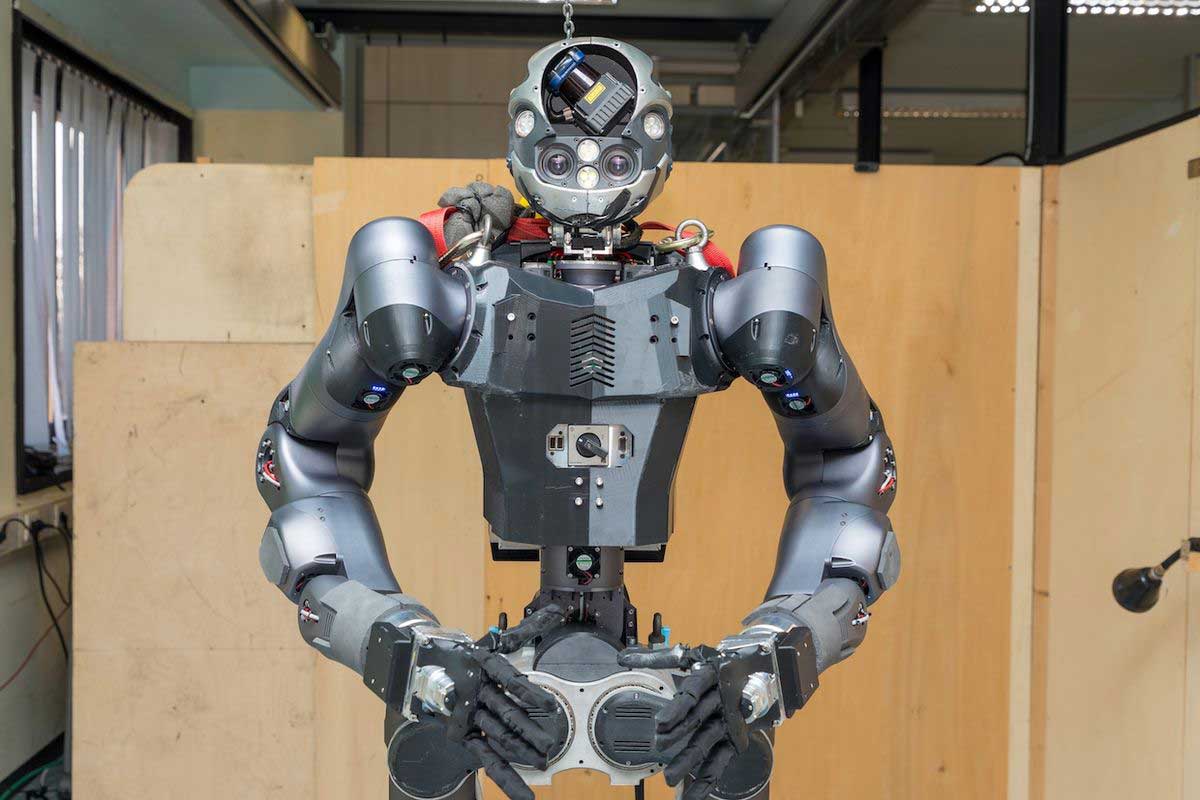In the ever-evolving landscape of robotics, few projects command attention like Beomni, the brainchild of Beyond Imagination. This humanoid robot, still under development, boasts ambitious goals: to revolutionize physical labor across diverse industries through AI-powered learning and human-like dexterity. While public updates have been limited, understanding Beomni’s potential and current stage of development paints a fascinating picture of the future of work.
At its core, Beomni is a teleoperated robot, meaning a human pilot controls its movements and actions remotely. This approach offers several advantages. It allows operators to perform tasks in hazardous or remote environments without putting themselves at risk. Additionally, the pilot can leverage their existing skills and knowledge, reducing the reliance on extensive robot programming.
But Beomni is more than just a remote-controlled machine. Its true power lies in its AI brain, dubbed Beomni AI. This advanced system learns and adapts over time, mimicking the way humans acquire new skills. Unlike pre-programmed robots limited to specific tasks, Beomni AI can potentially master diverse functions, from delicate assembly tasks to complex medical procedures. The “Expert Minds” feature allows experts to train the AI on specific tasks, further enhancing its capabilities in targeted fields.
The potential applications of Beomni are vast. In manufacturing, it could handle intricate assembly lines or dangerous welding tasks. In healthcare, it could assist surgeons remotely, providing unparalleled precision and minimizing risk. Agriculture, construction, and logistics are just a few other sectors where Beomni’s adaptability could disrupt traditional labor models.
However, it’s crucial to acknowledge the challenges inherent in such ambitious development. Safety and ethical considerations surrounding human-robot collaboration require careful attention. Concerns about job displacement and the potential impact on the workforce necessitate thoughtful planning and social adaptation strategies.
Despite these challenges, Beomni’s progress represents a significant step towards a future where robots and humans collaborate seamlessly. While concrete information regarding its current stage of development remains elusive, the concept of a versatile, AI-powered humanoid robot like Beomni offers a glimpse into a future where physical labor is augmented, redefined, and ultimately transformed.
By actively addressing ethical concerns and fostering responsible implementation, Beyond Imagination has the potential to usher in a new era with Beomni, not just revolutionizing physical labor but shaping the very nature of work itself. The future remains to be written, but Beomni’s story is one to watch closely.





Leave A Comment